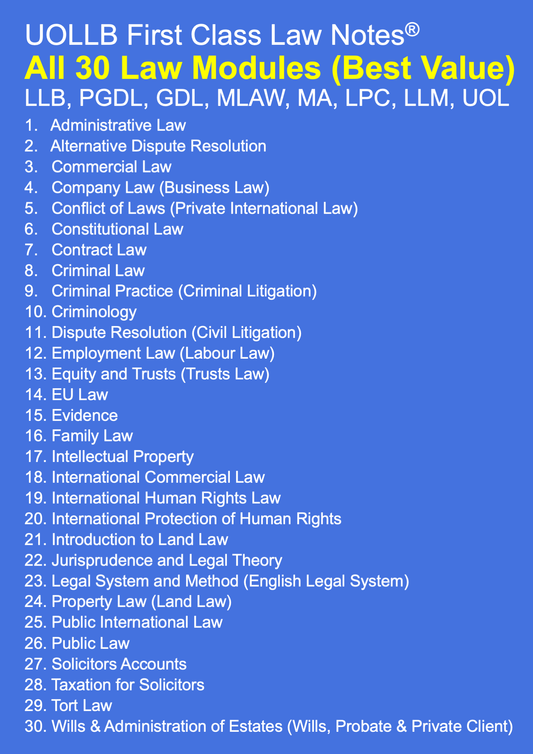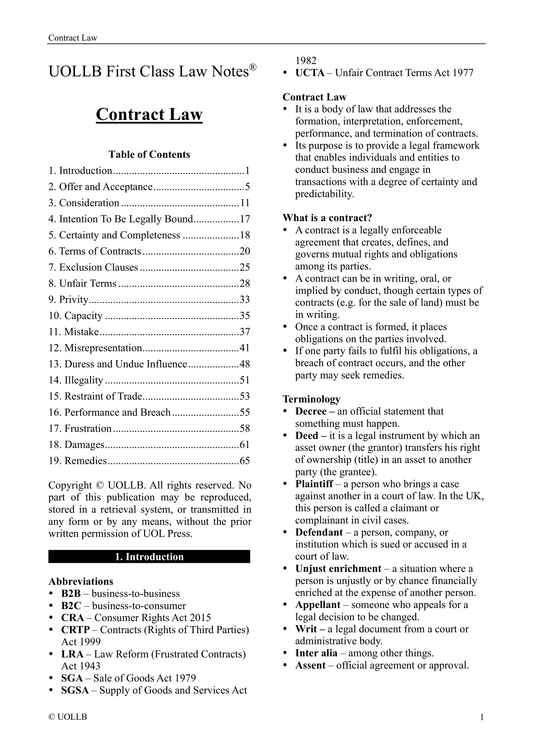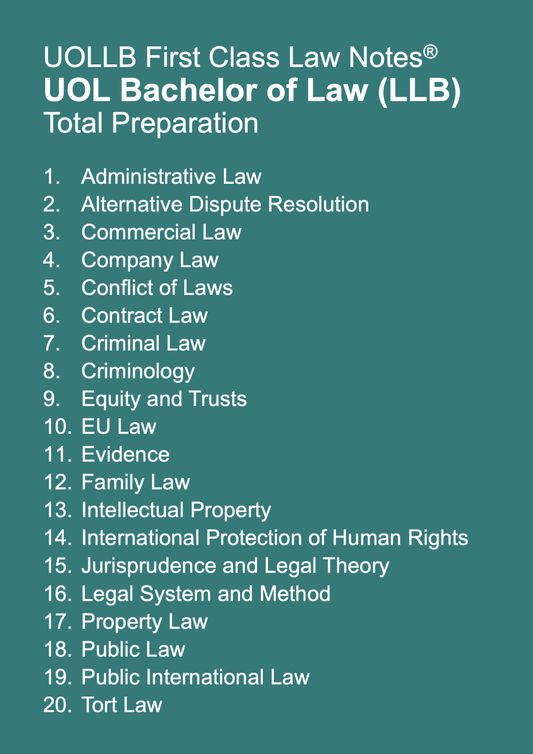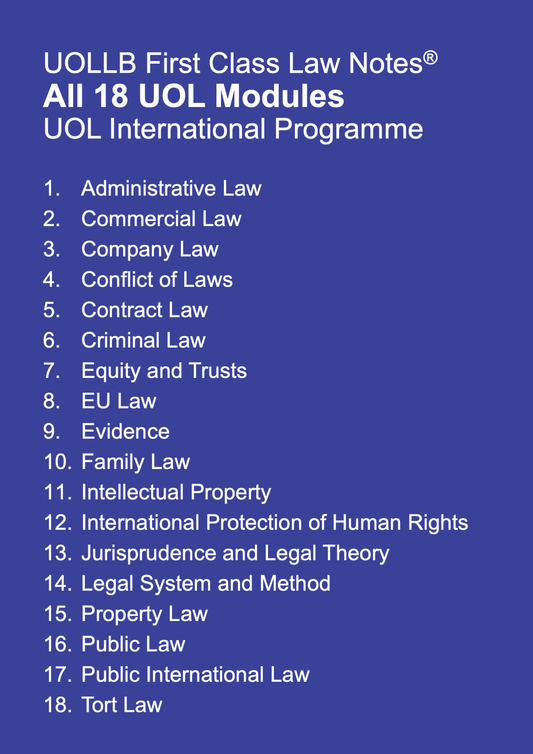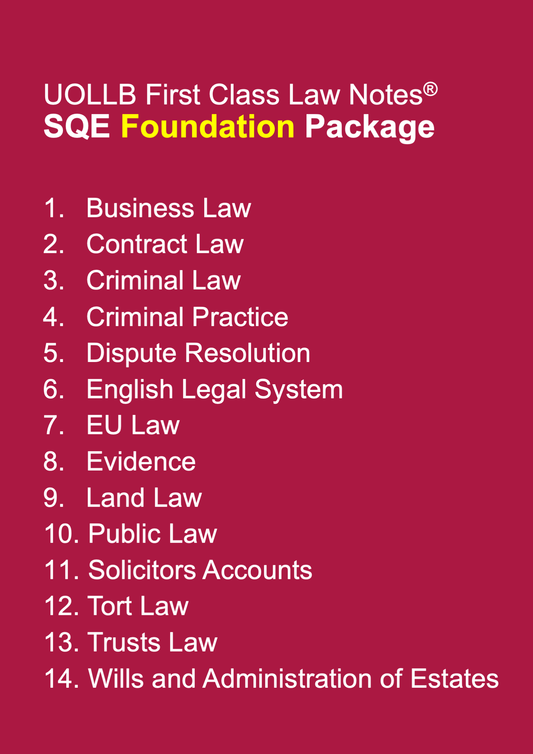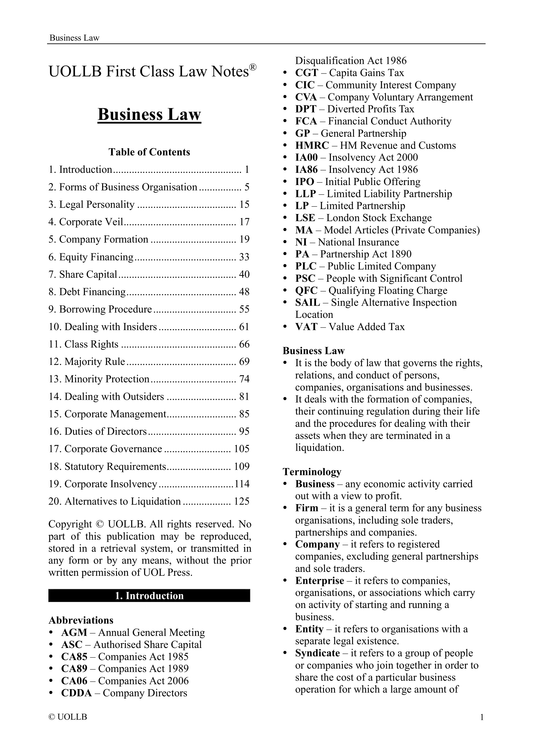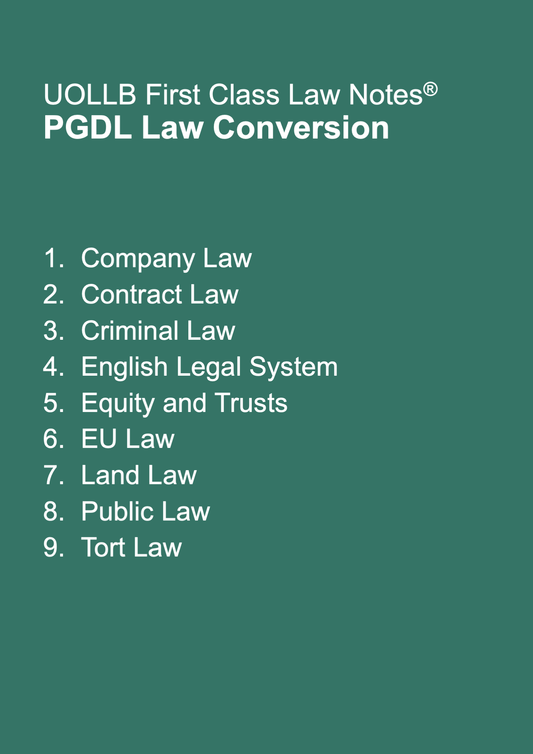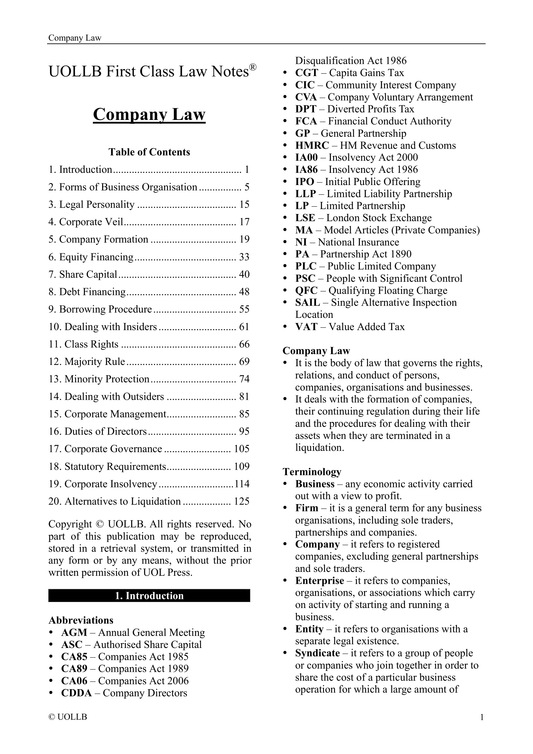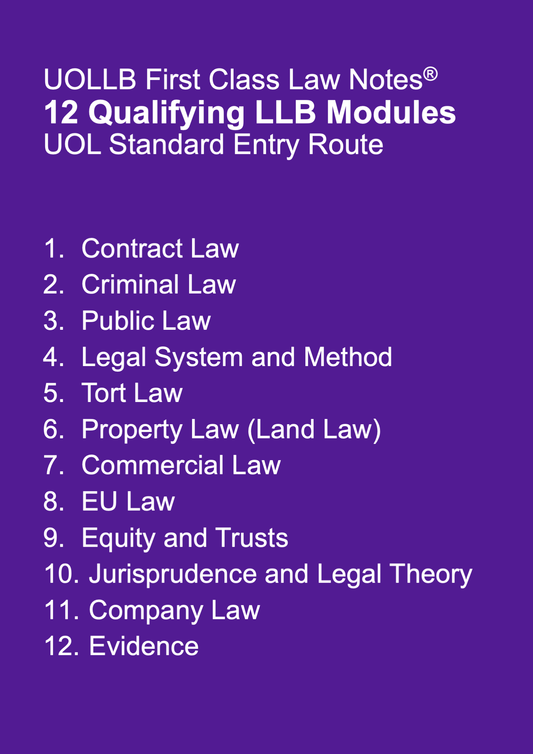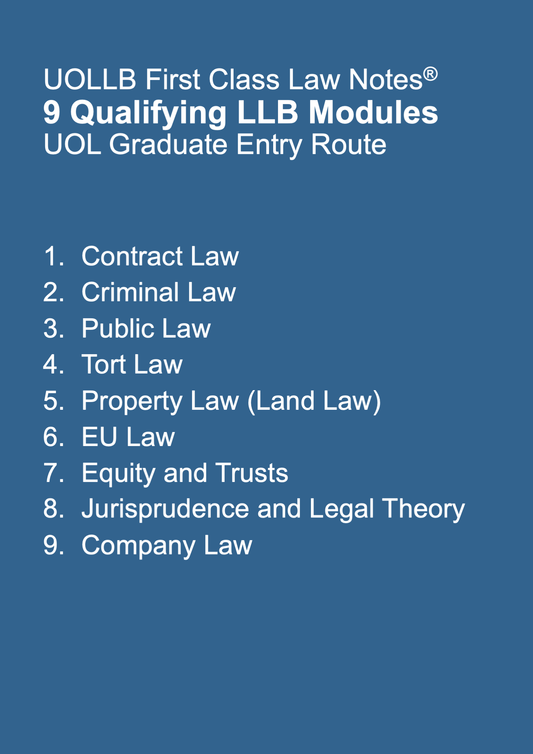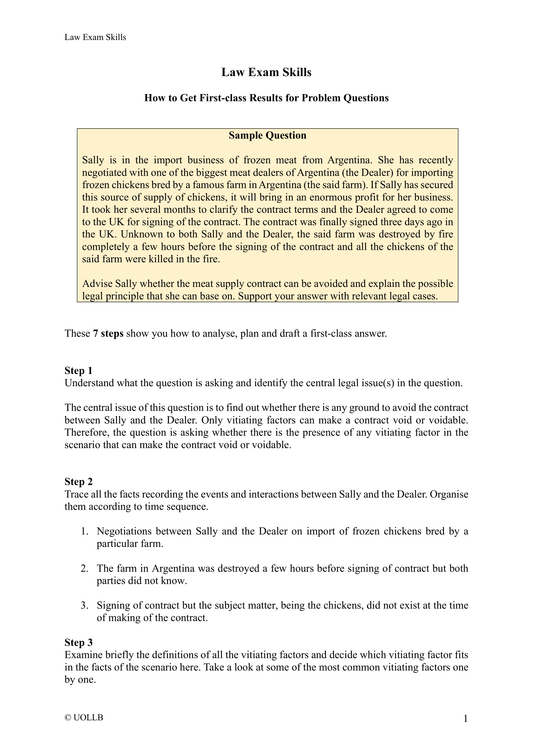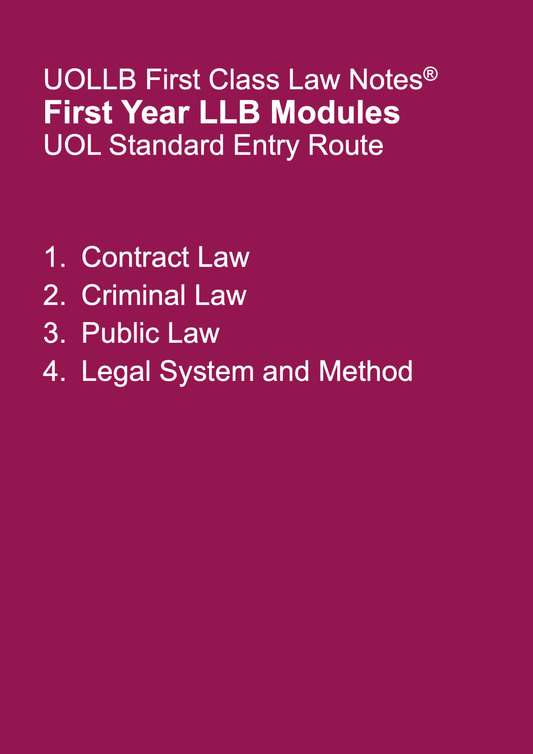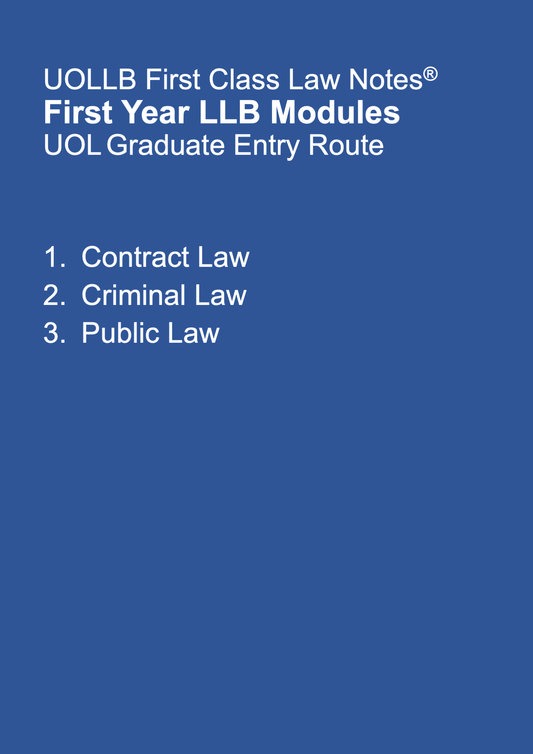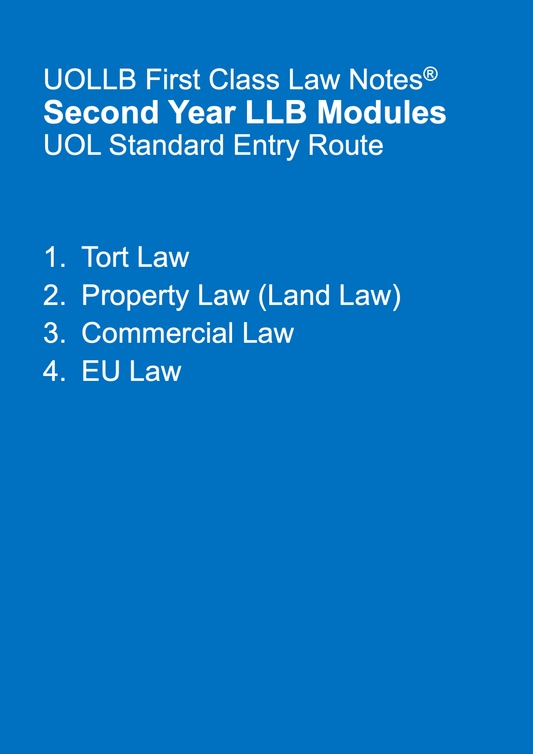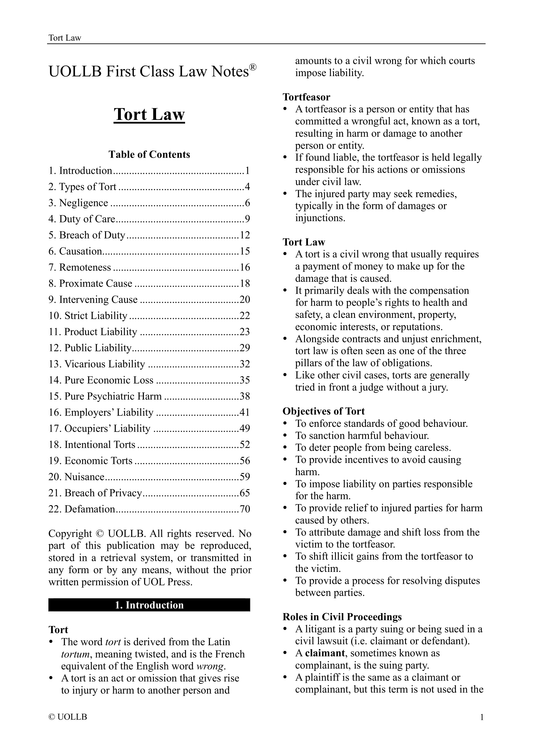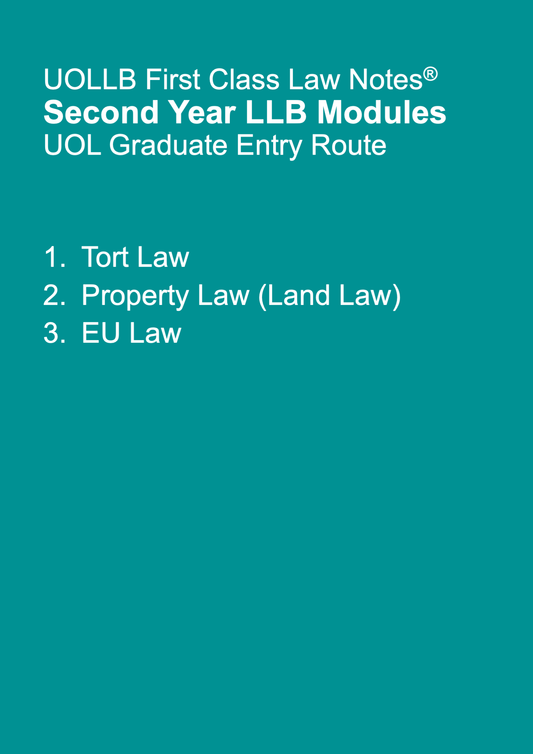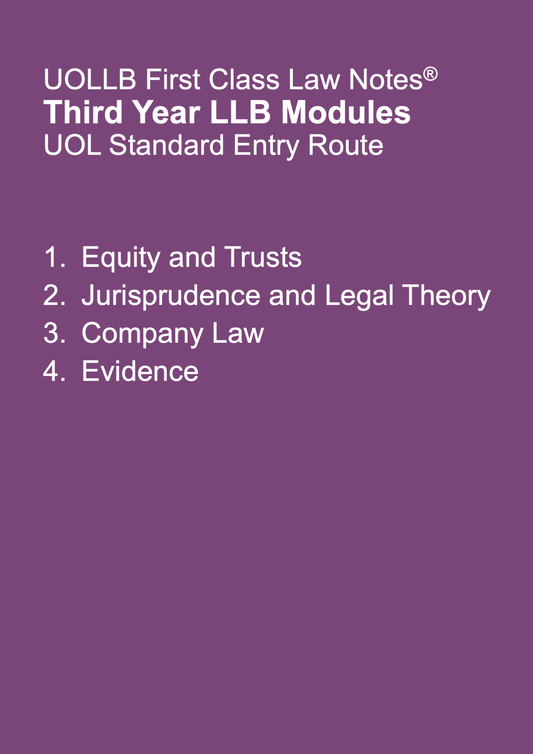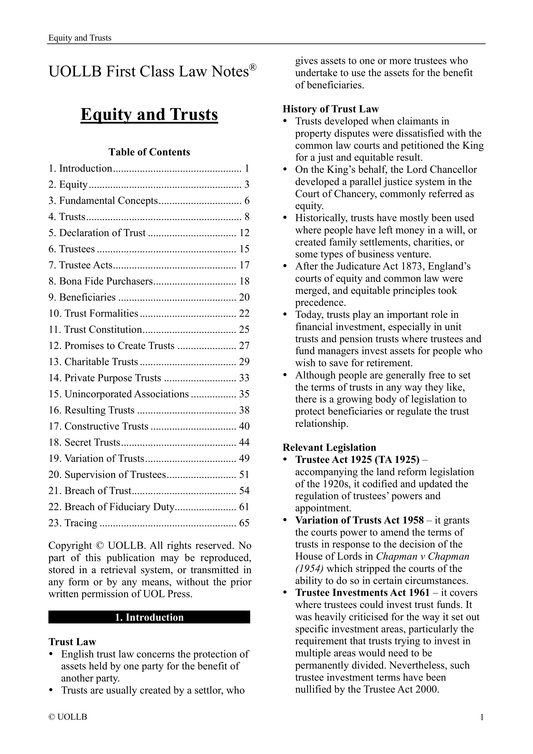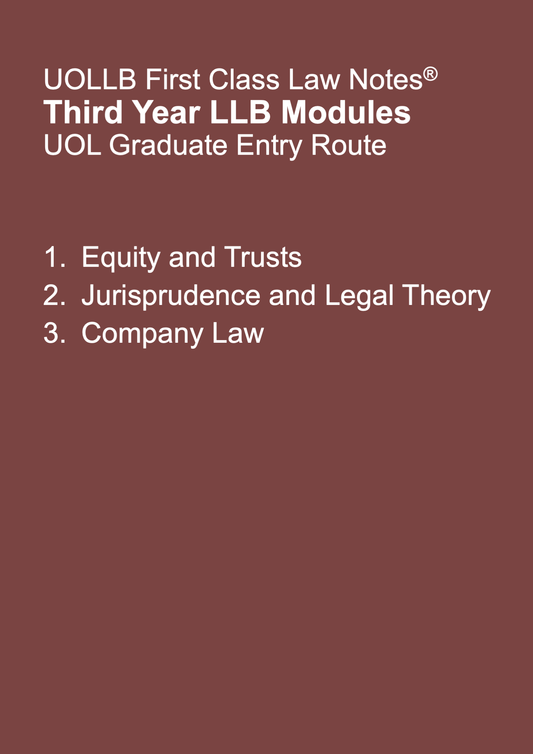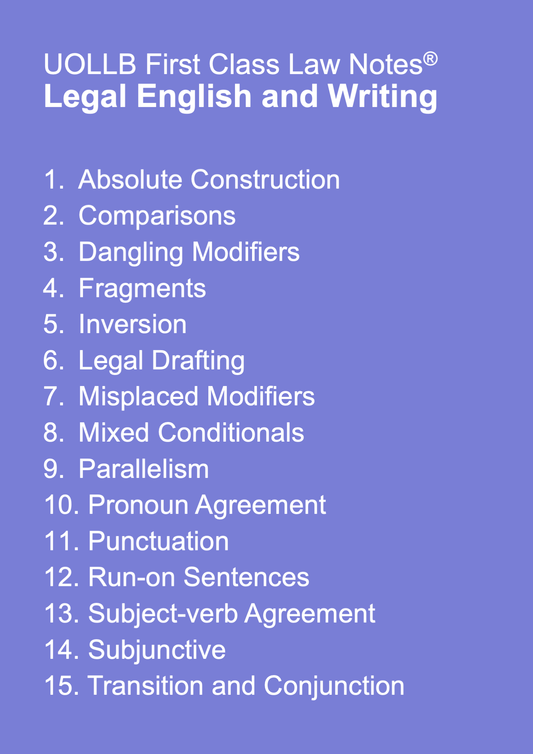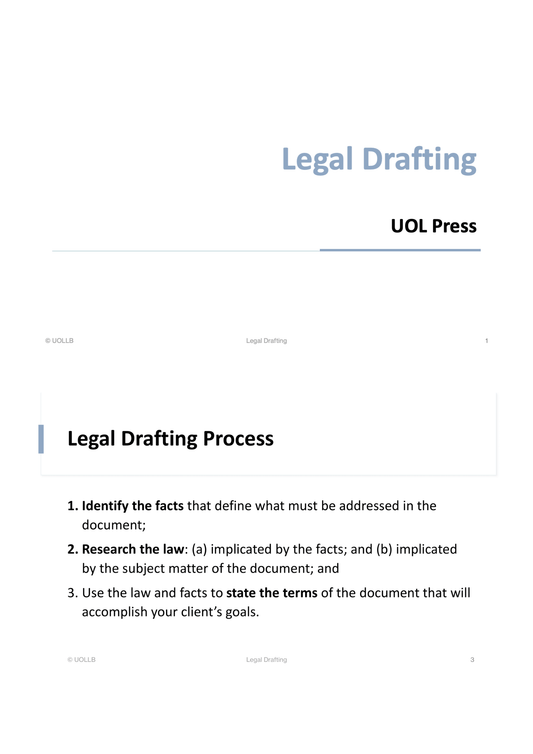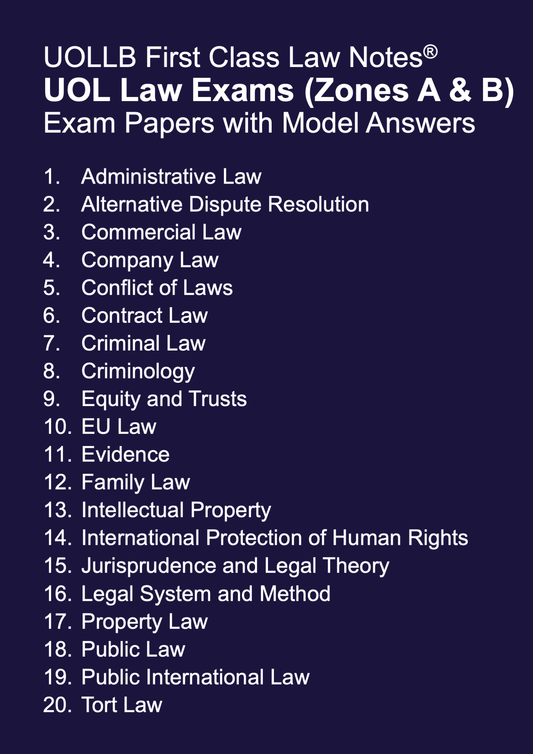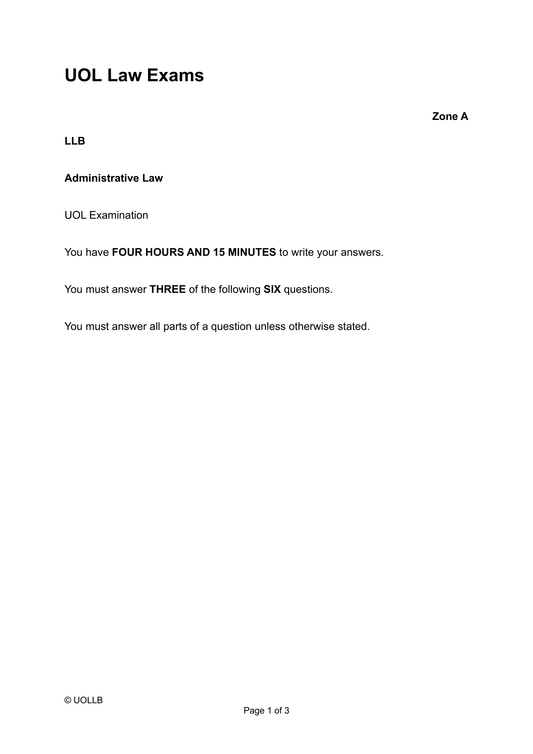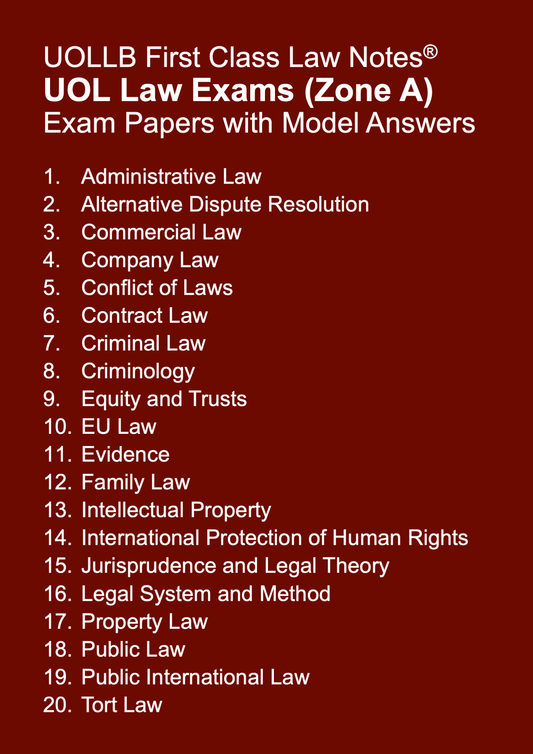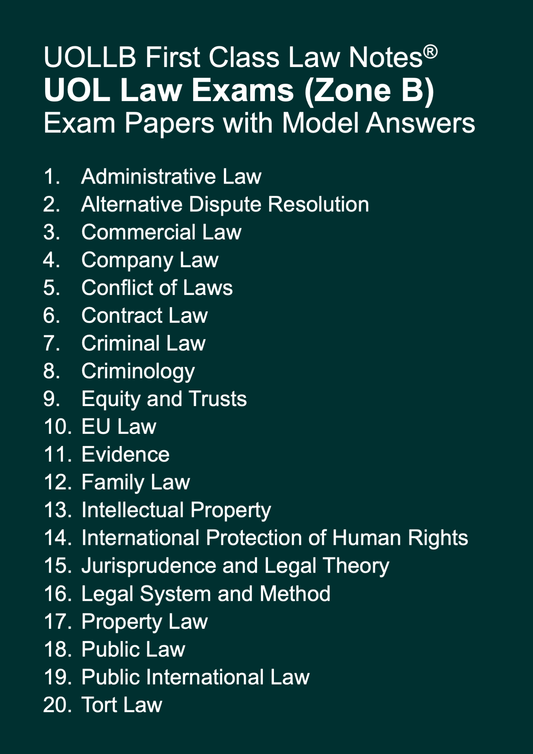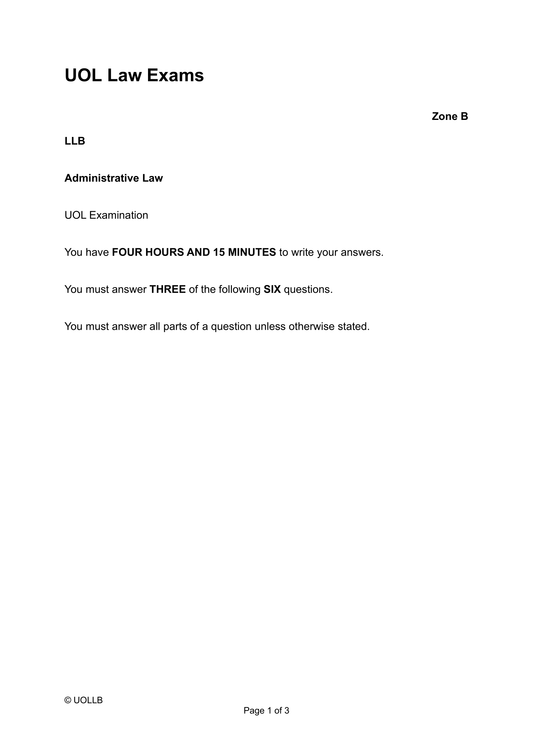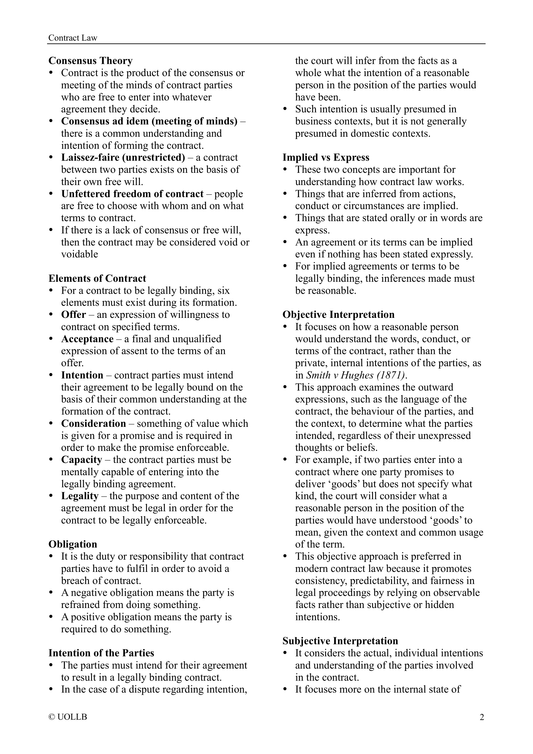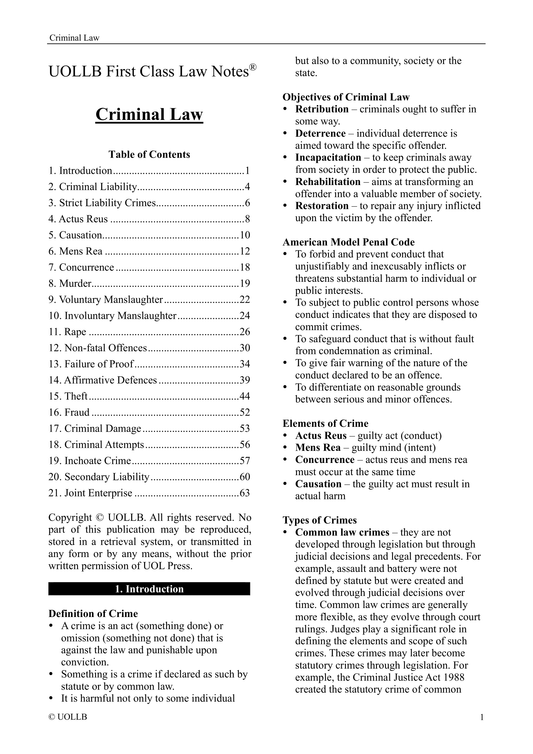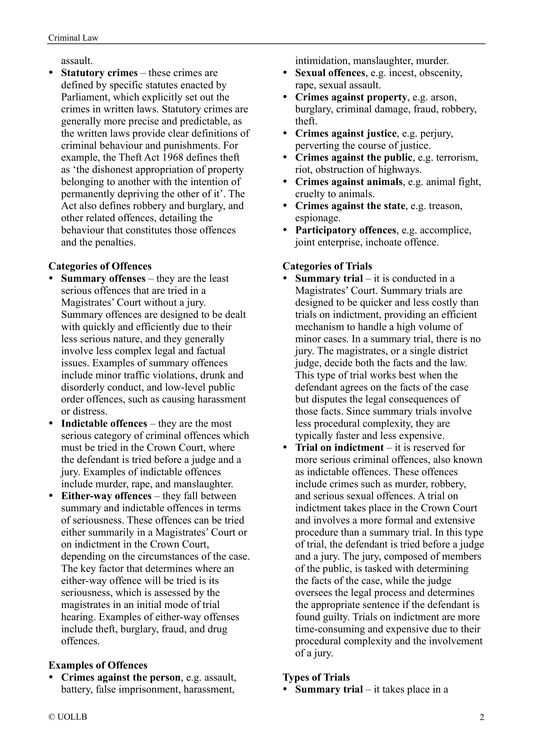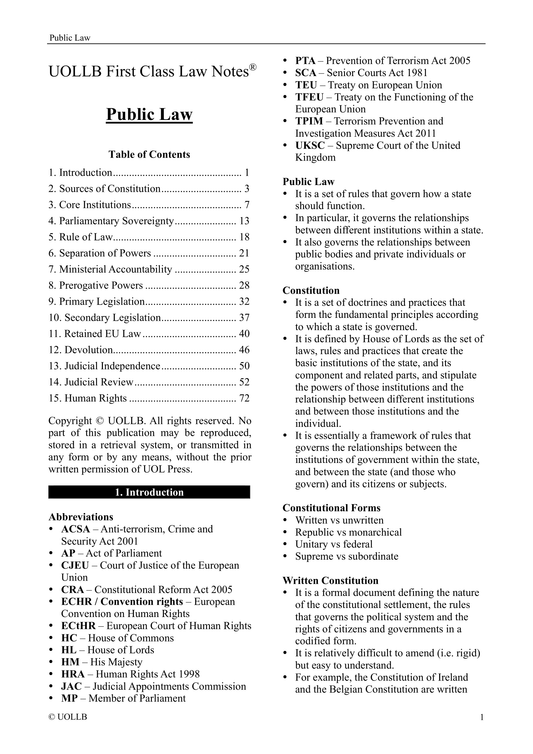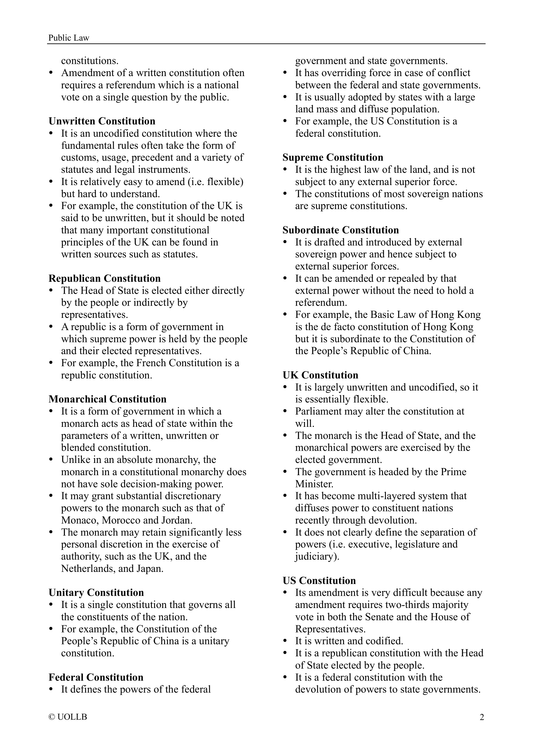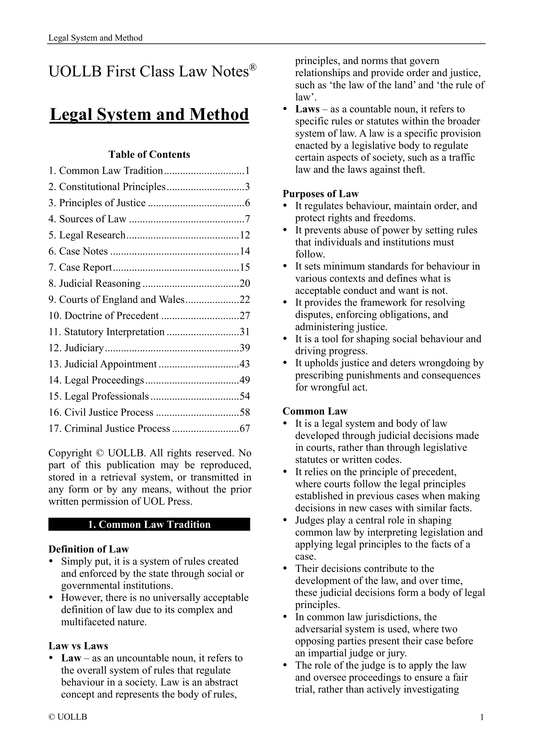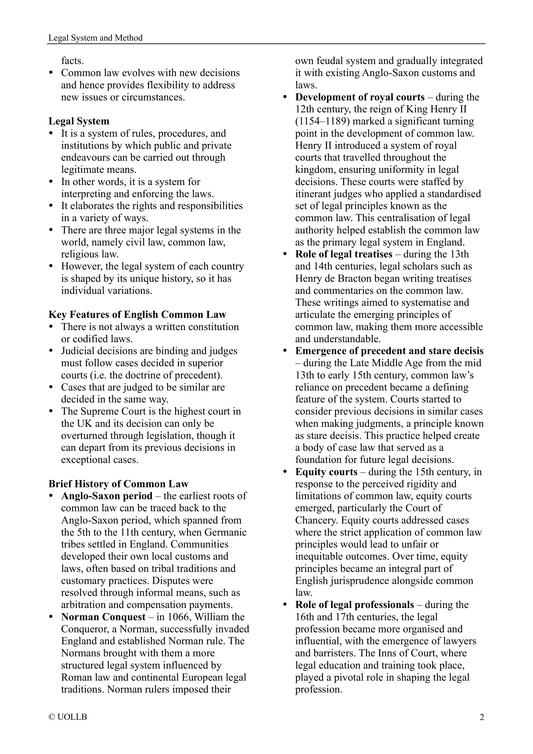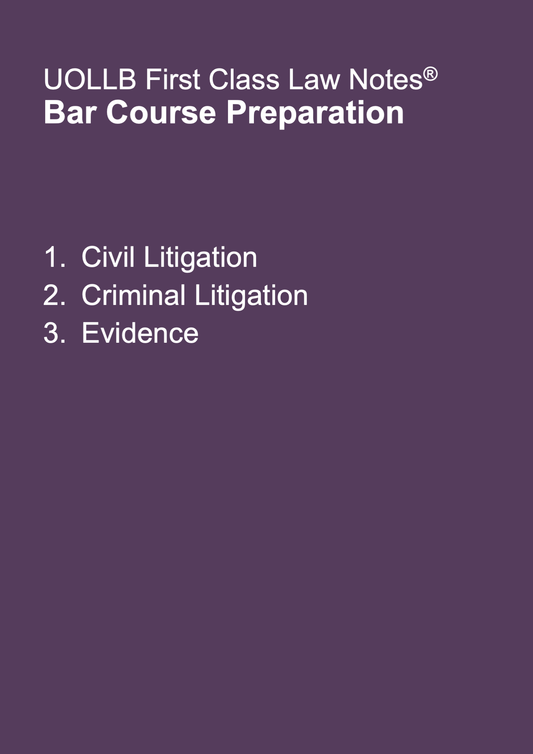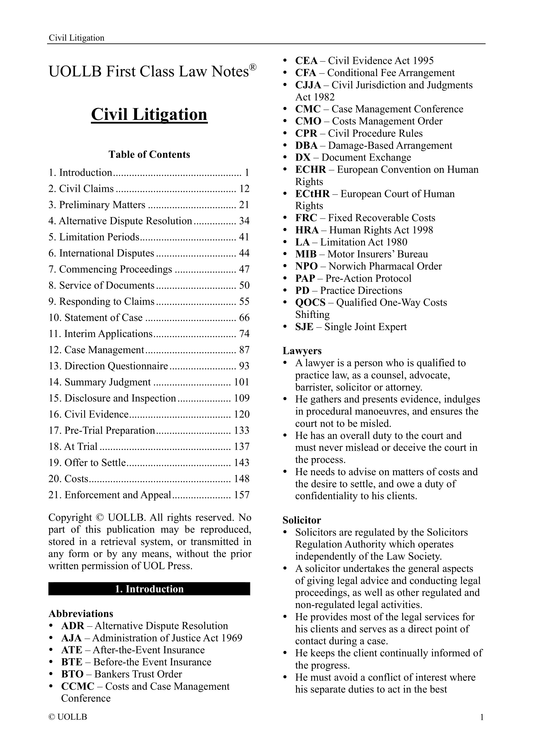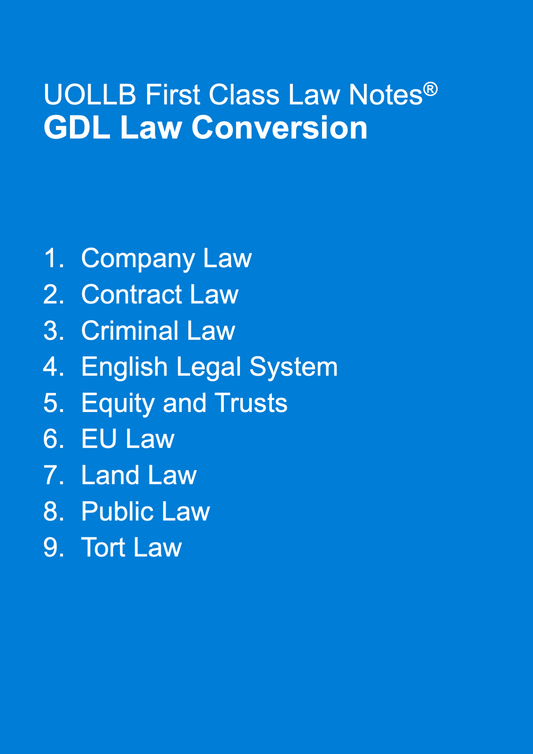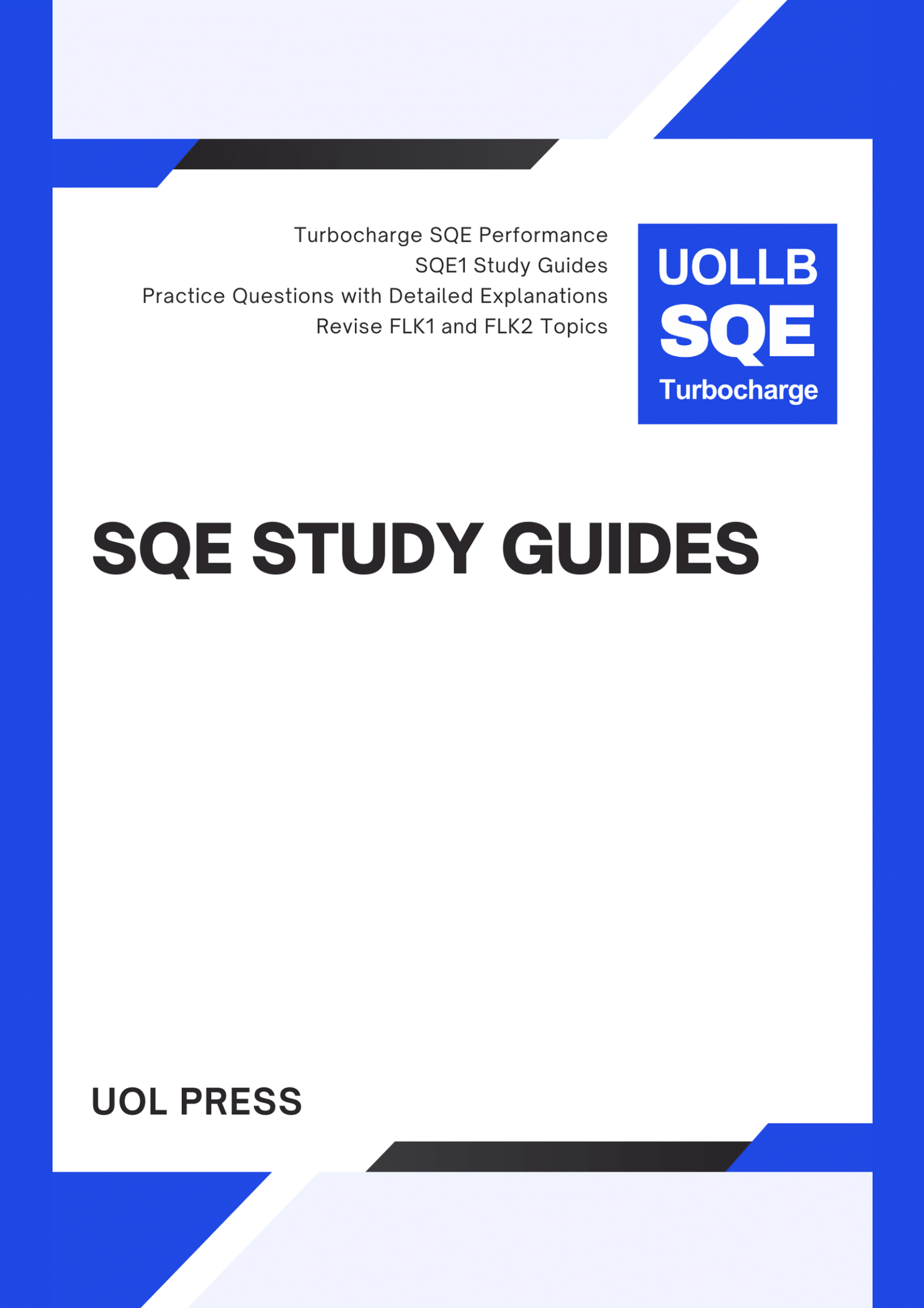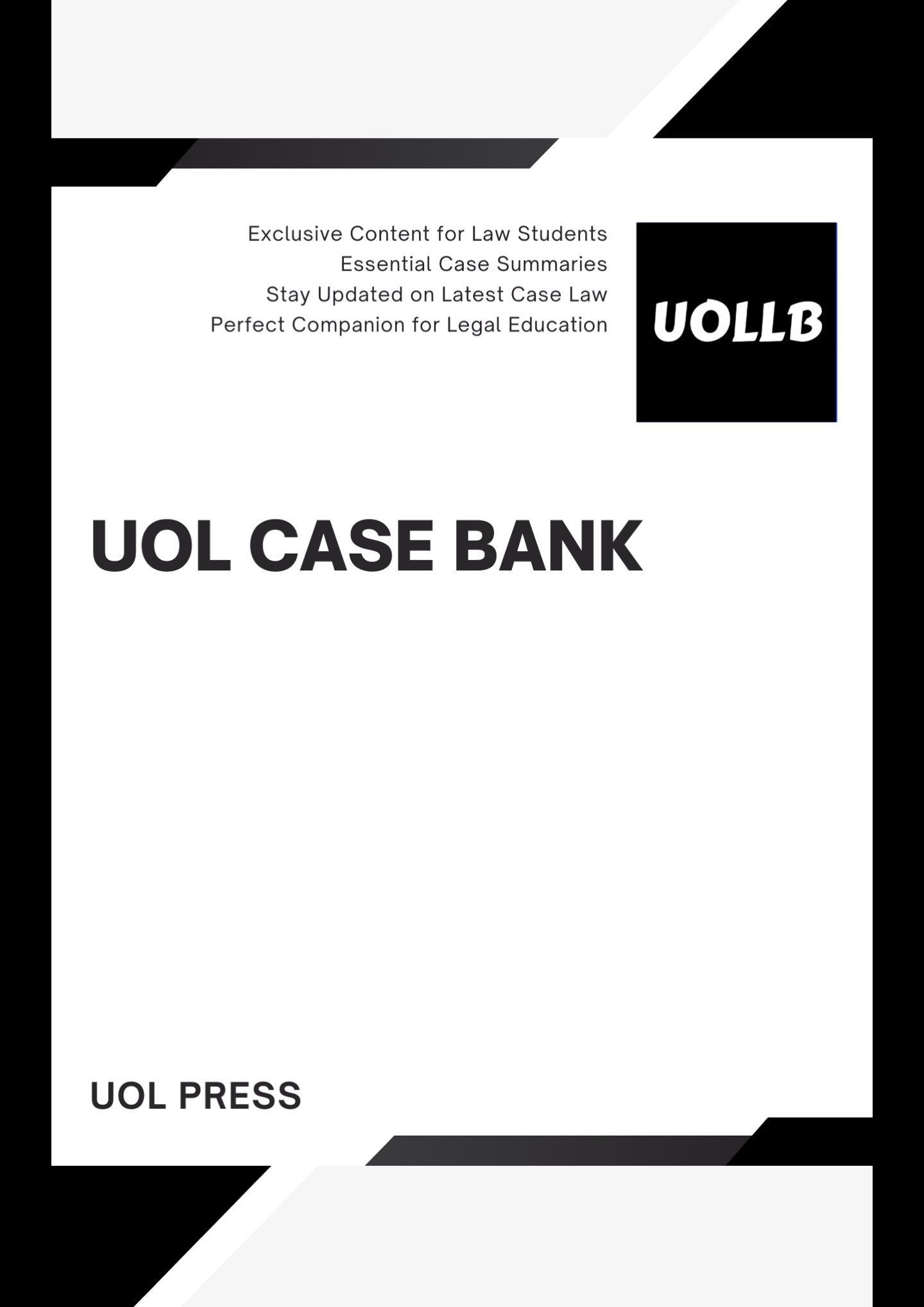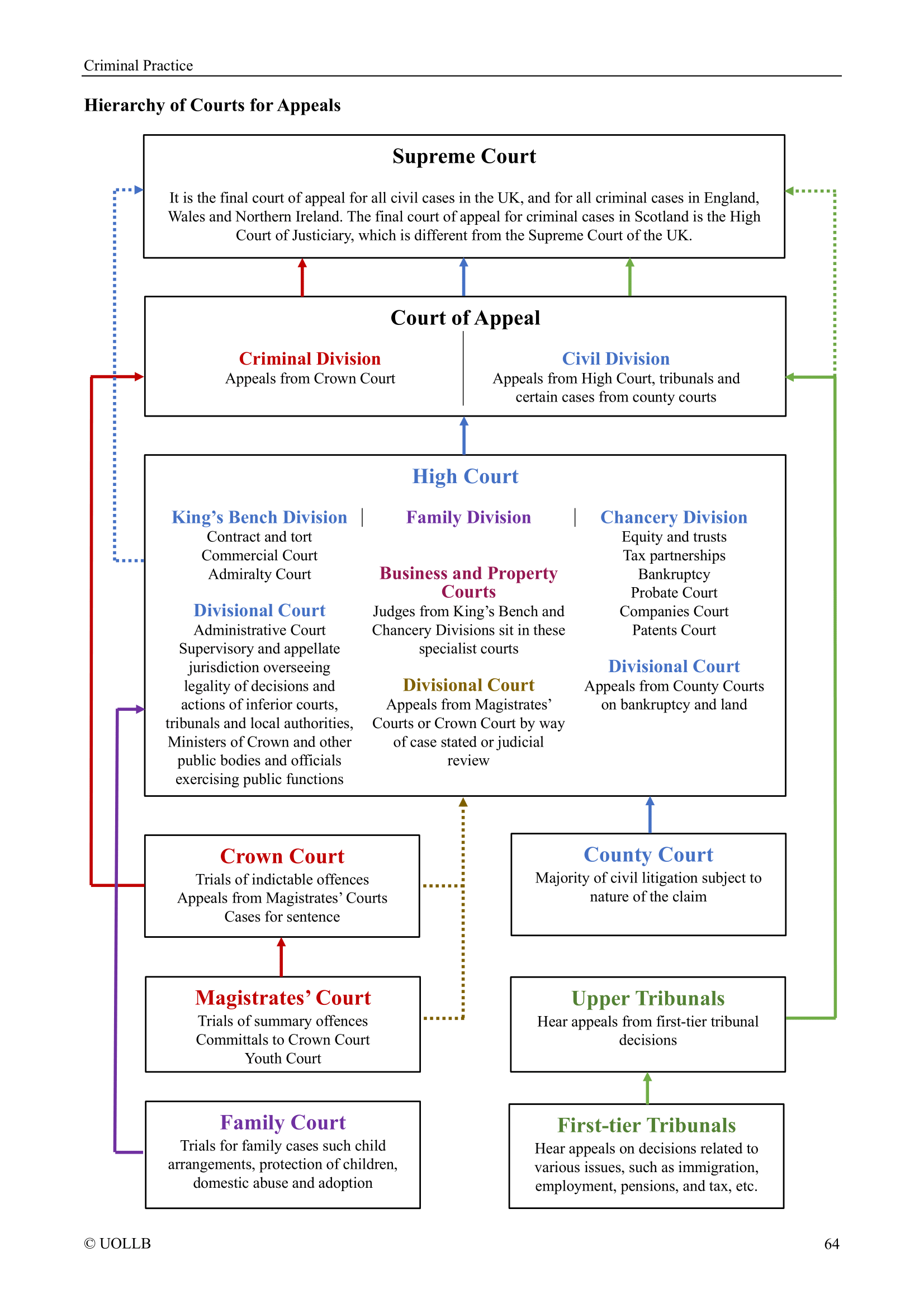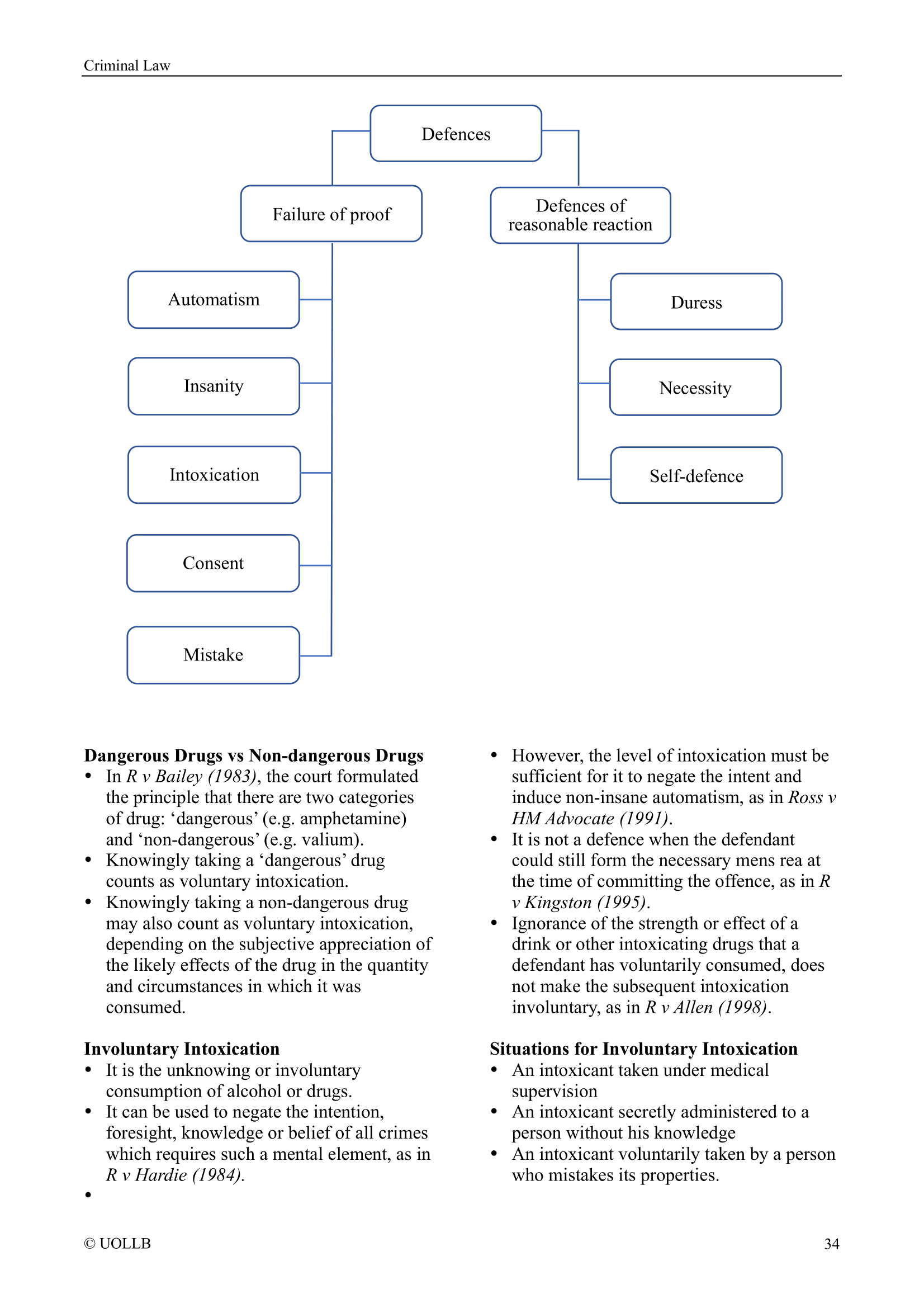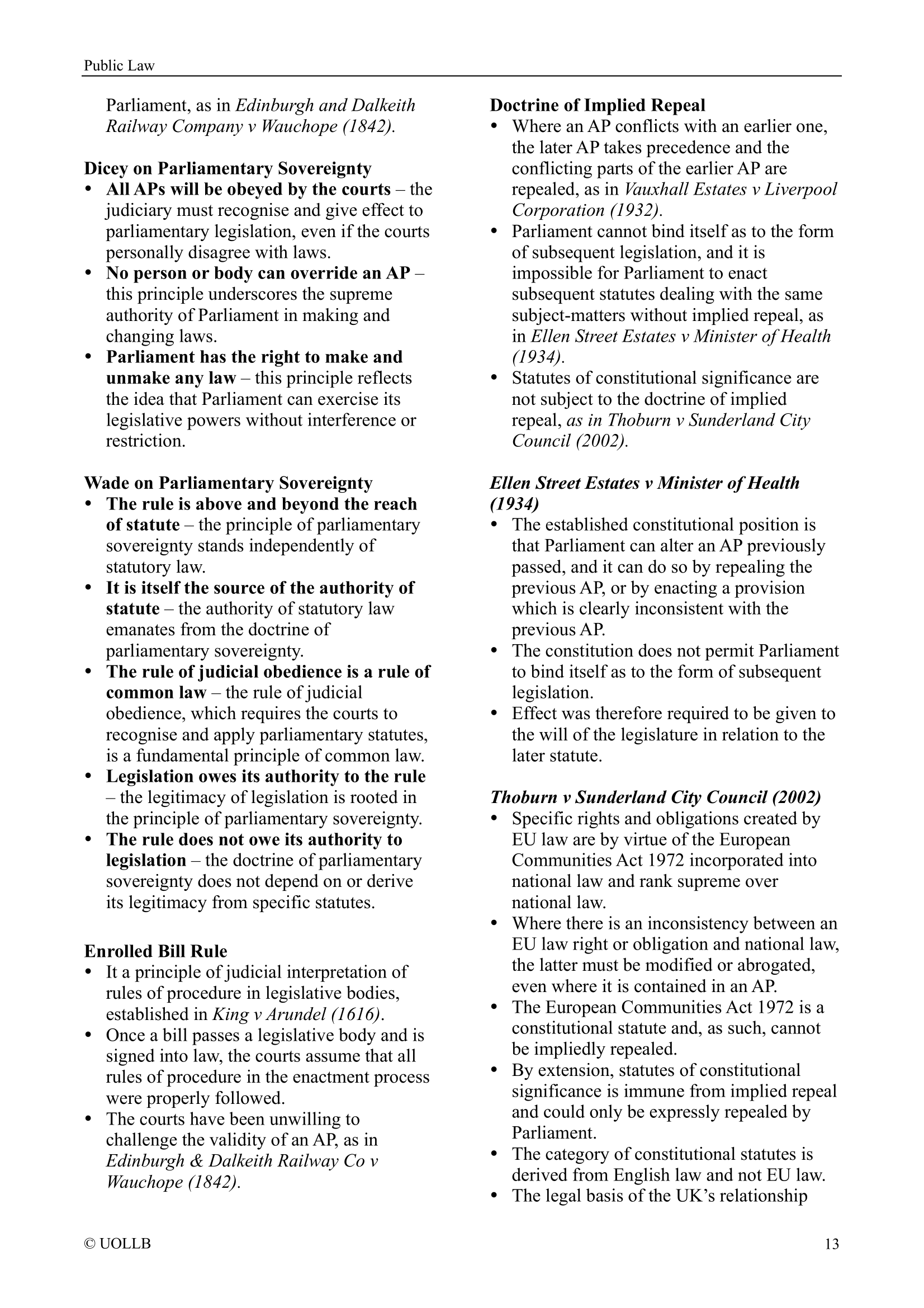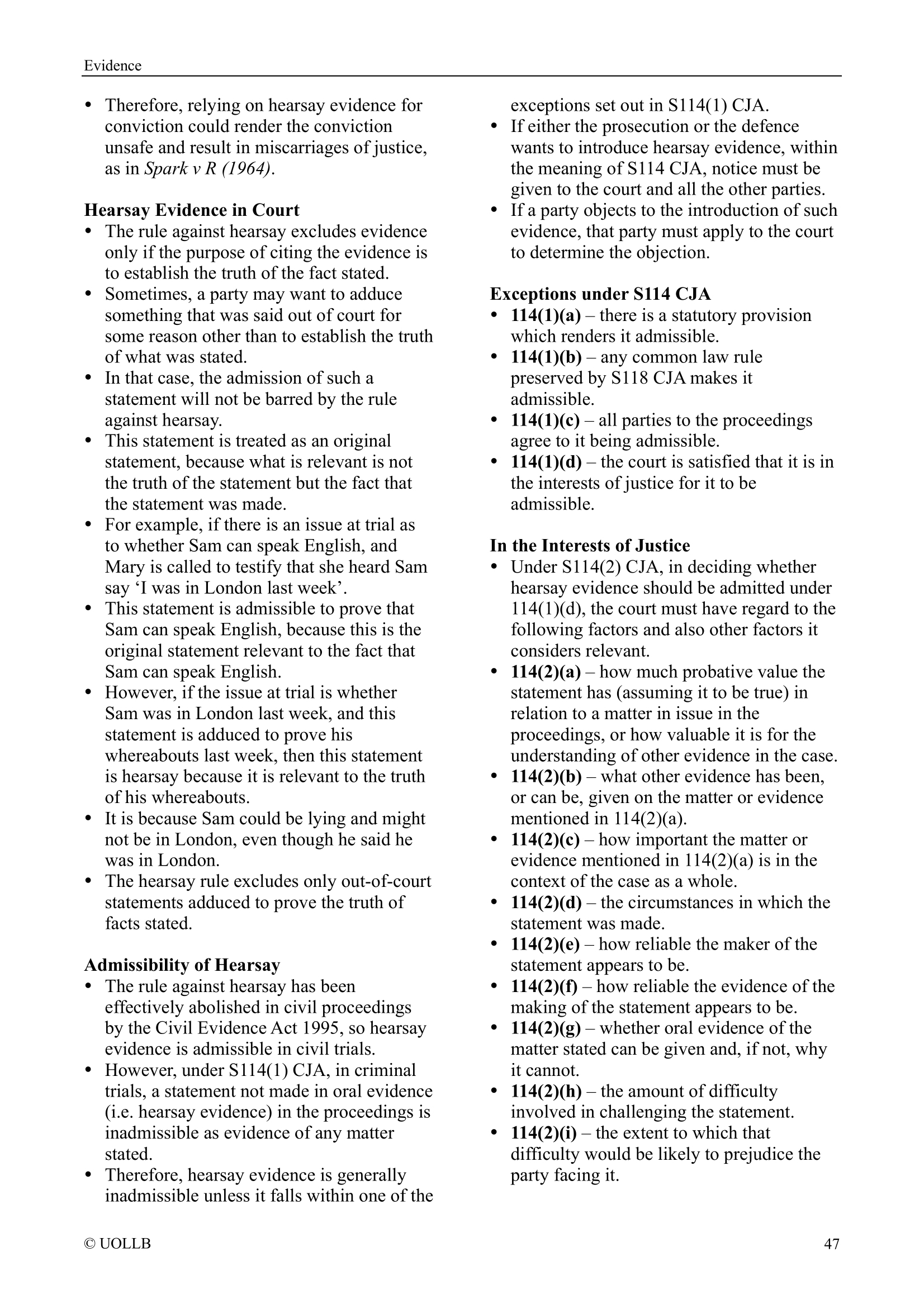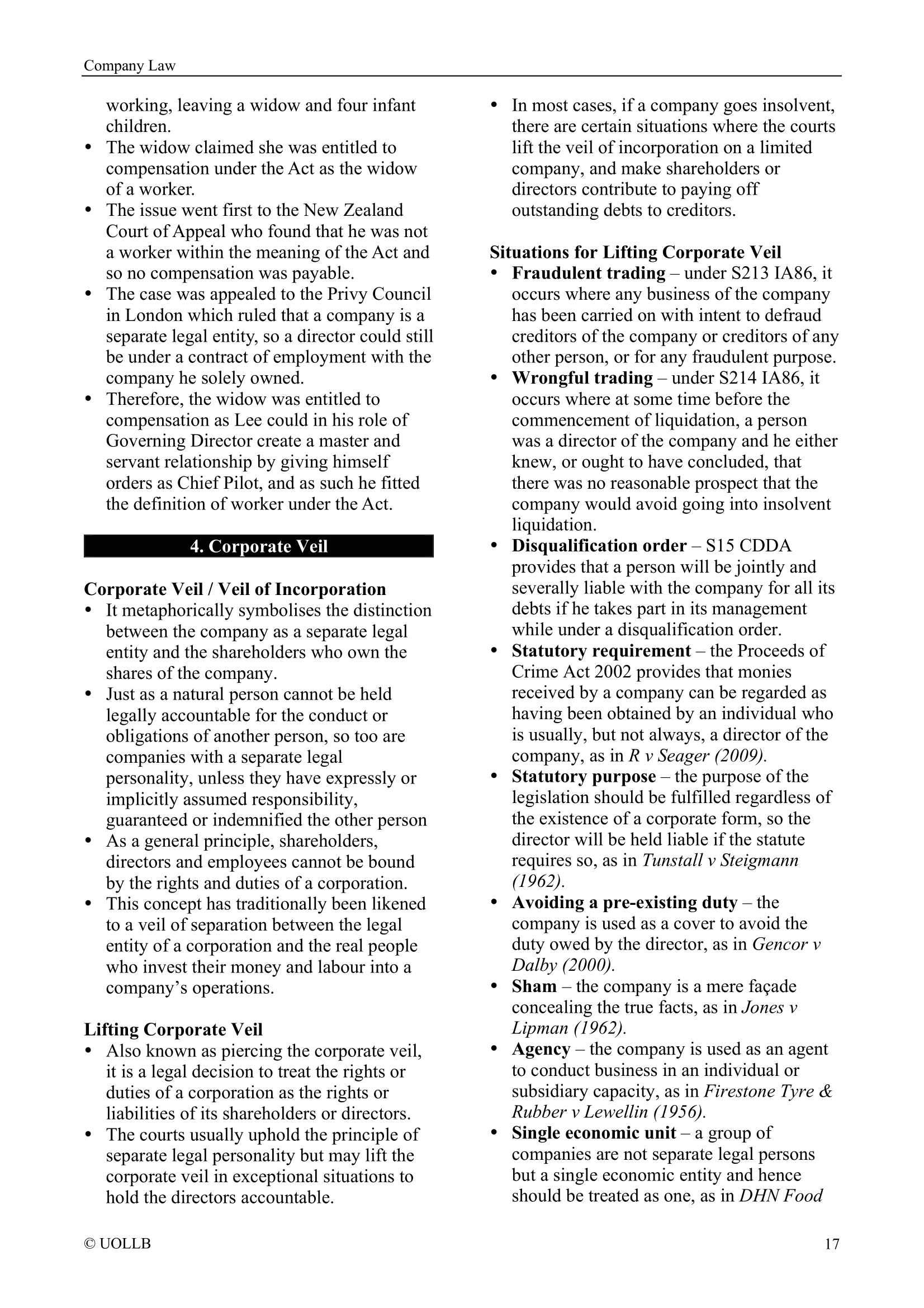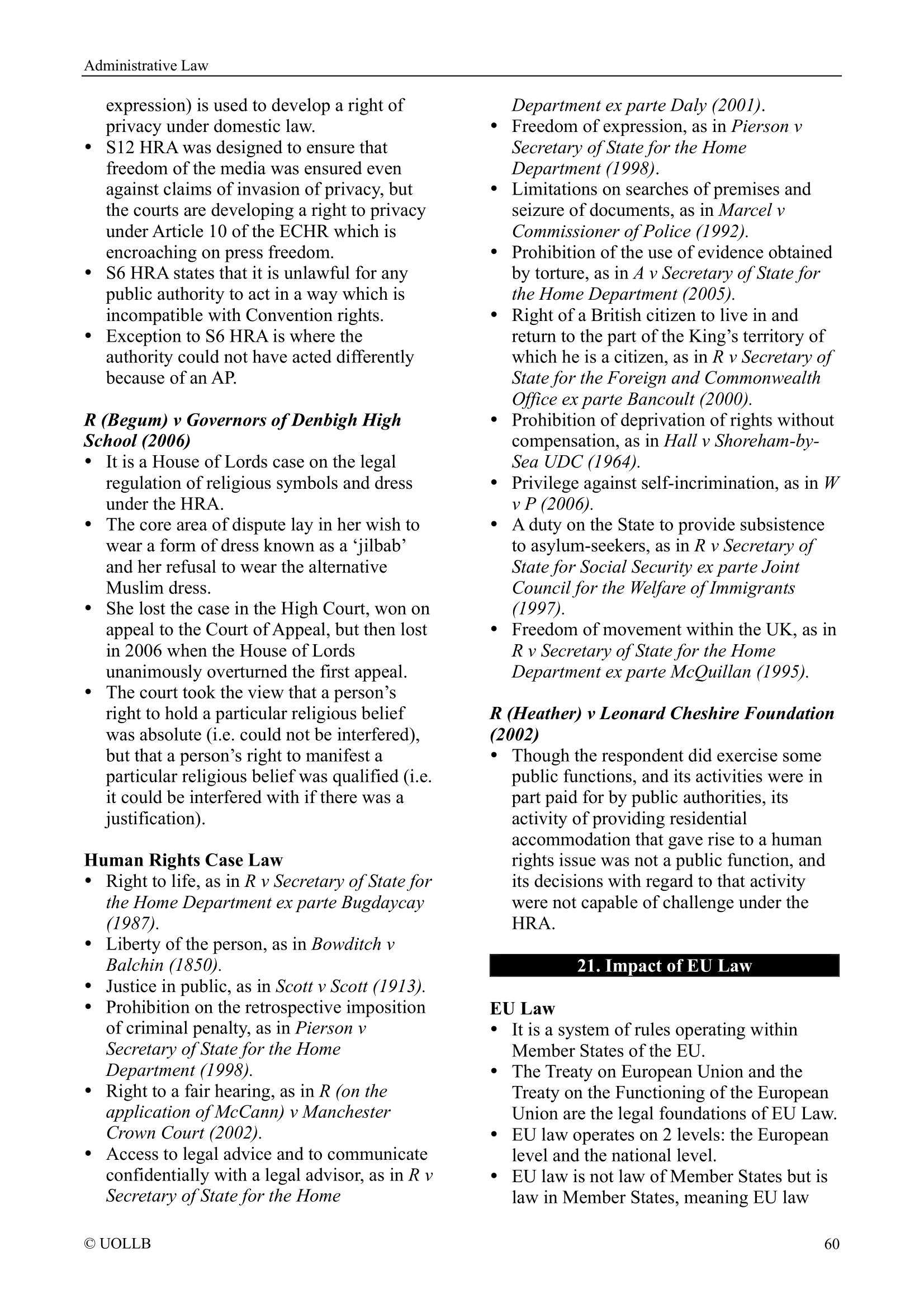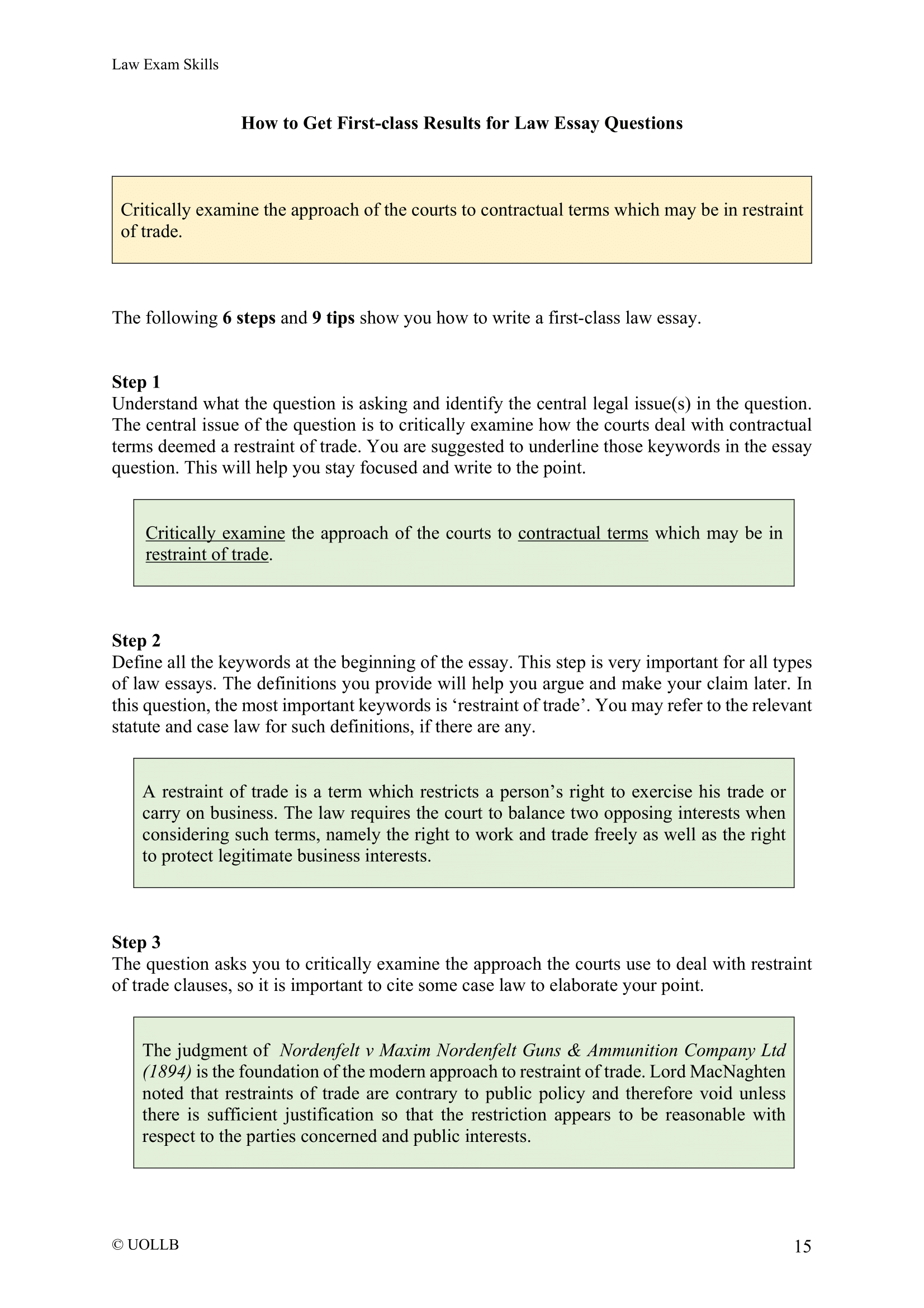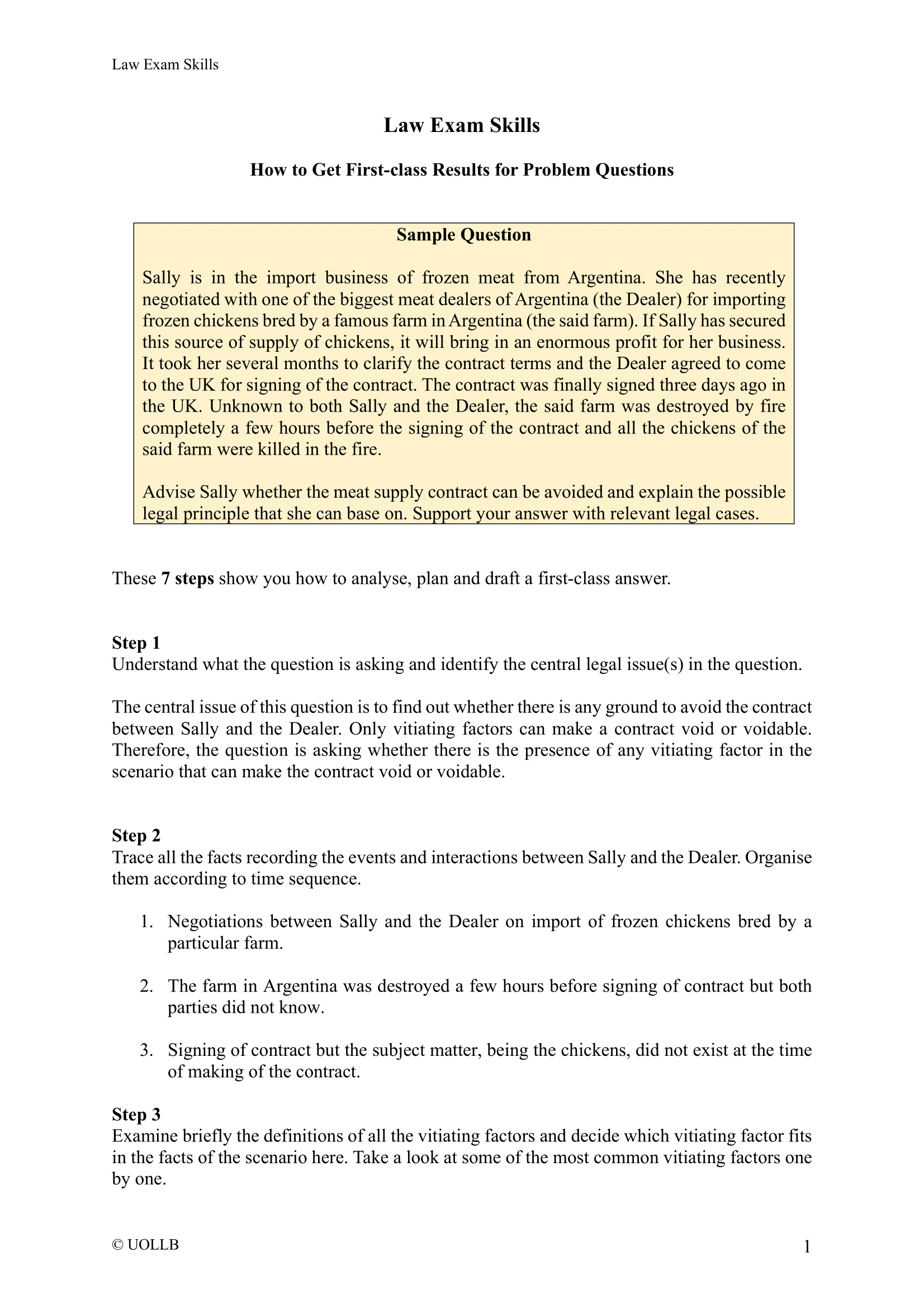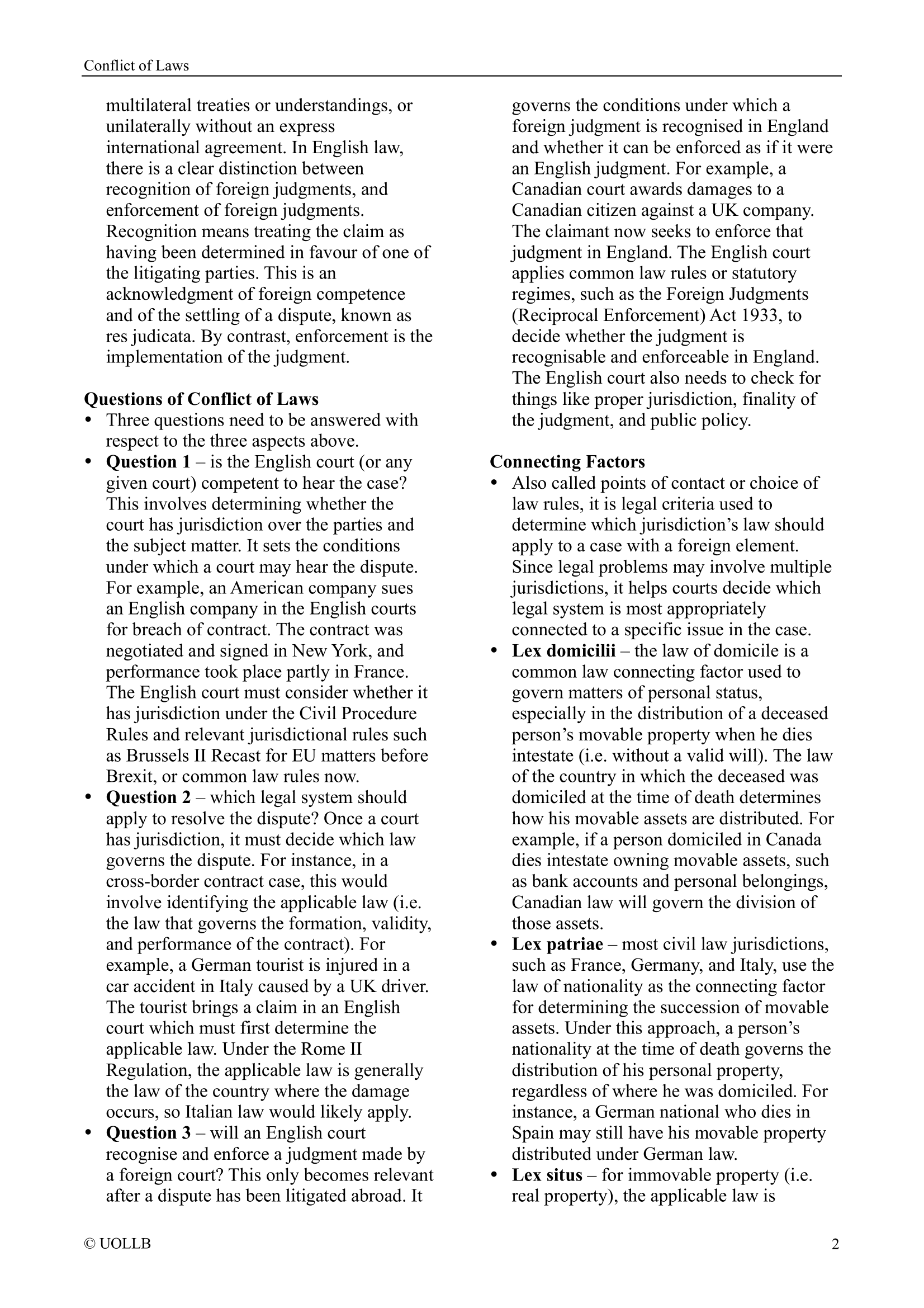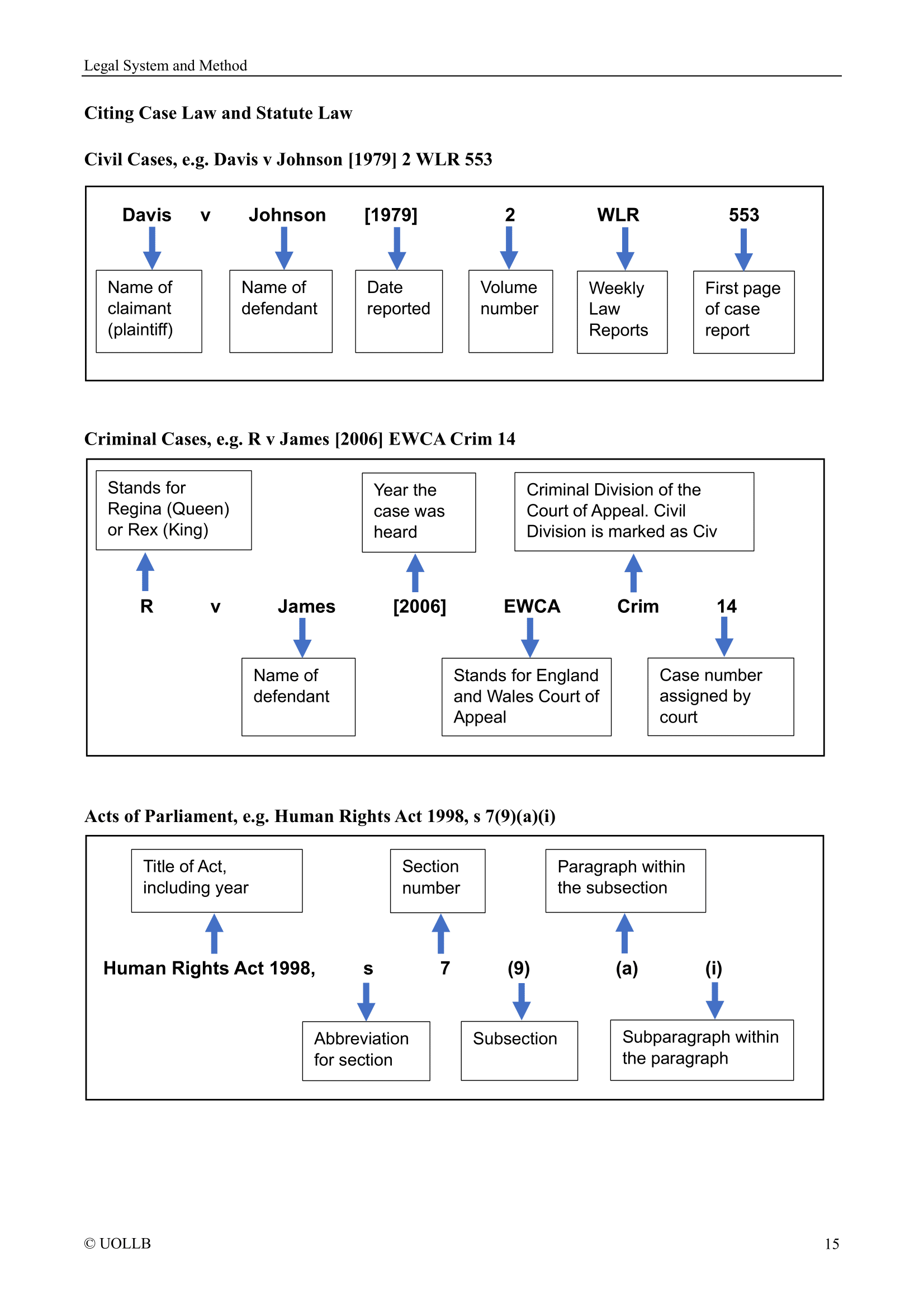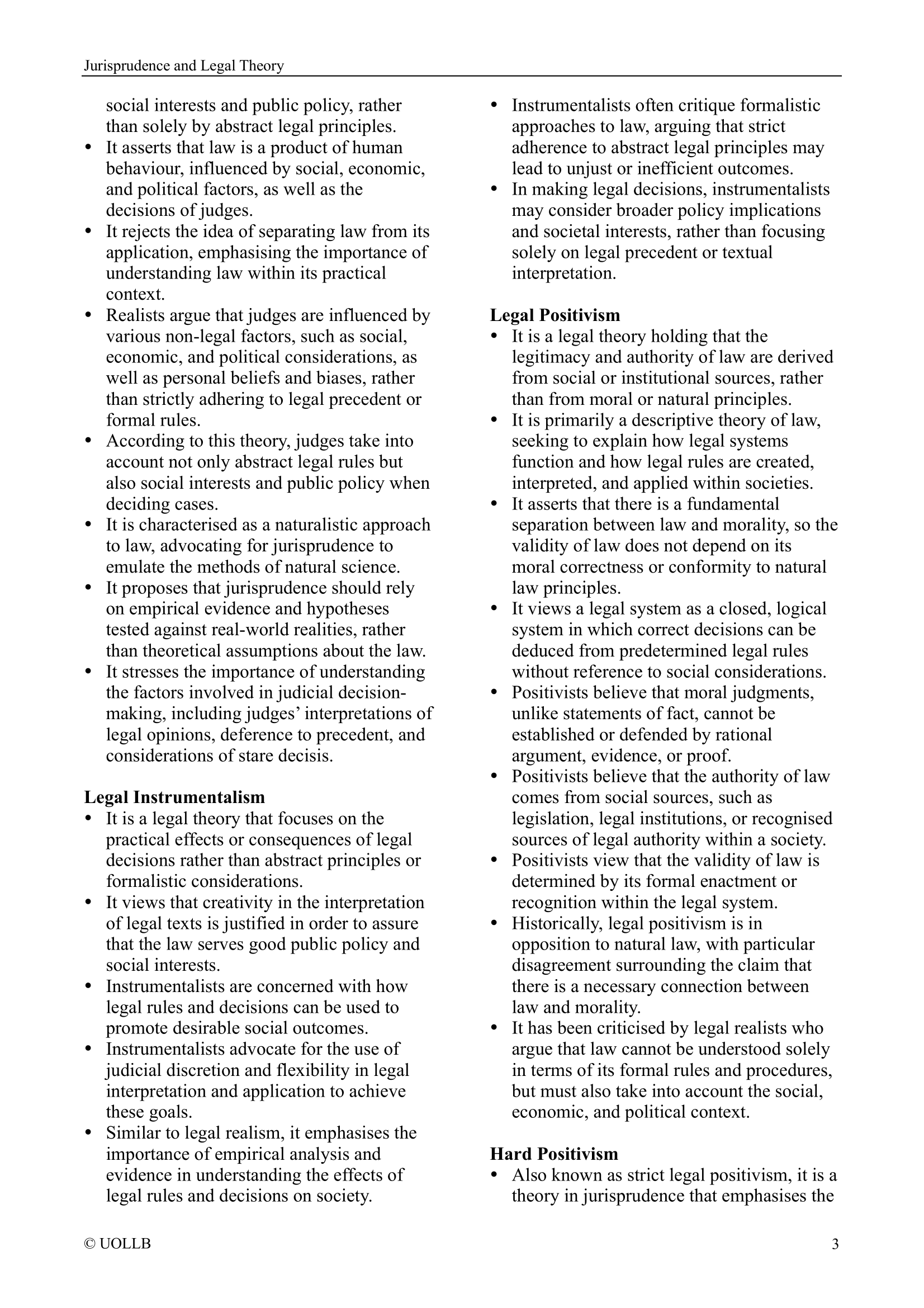Re Schebsman [1944]
Share
Re Schebsman [1944] Ch 83 emerges as a poignant illustration of the complexities surrounding compensatory payments and the rights of a trustee in bankruptcy.
Schebsman, having been employed by a company until 1940, found himself entangled in a contractual web. An agreement with his employers stipulated six annual payments as compensation for the loss of his employment. Crucially, if Schebsman were to meet his demise before receiving all six payments, the sums would then be directed towards his wife or daughter.
Schebsman faced the declaration of bankruptcy in March 1942, leaving the trustee in bankruptcy to navigate the intricate threads of the contractual arrangement. The trustee sought a declaration asserting that the compensatory payments destined for the wife and daughter should be reclaimed as part of the deceased's estate.
The crux of the matter lay in the trustee's argument that the compensatory payments could have been reclaimed because the deceased had the potential to release the contract during his lifetime, thus preventing the widow from receiving the payments. The widow, on the other hand, contended that the terms of the contract explicitly designated her and her daughter as the rightful recipients, leaving no room for the trustee's claims.
The court, tasked with the intricate task of unraveling these legal threads, reached a decisive verdict. The declaration sought by the trustee was not granted. The rationale behind this decision hinged on the fact that the deceased, during his lifetime, could not have directed his employer to redirect the payments to anyone other than his wife or daughter without breaching the terms of the contract.
The judgment emphasised a fundamental principle: there is no equity principle allowing a trustee to claim funds that the debtor could not have obtained without violating the contractual terms. The contractual weave bound the contracting parties to its terms, and the trustee, stepping into the deceased's shoes, inherited these constraints.
This case serves as a legal tableau wherein contractual obligations and bankruptcy intersect. The court's ruling underscores the importance of honouring the sanctity of contractual terms, even in the realm of bankruptcy, and reaffirms that a trustee's rights are intrinsically linked to the limitations and obligations inherent in the original contractual agreement.
